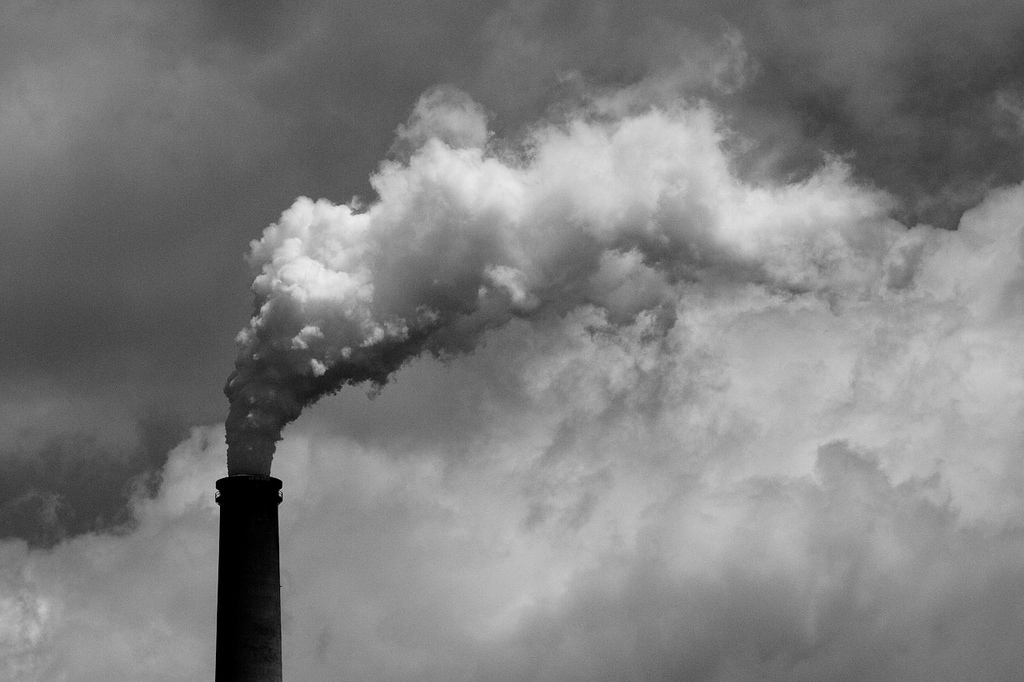
“Here we test new products. And this is a test product. We want to see what the interest is and be sure that we can take care of the product, even after the purchase,” said Daniela Rogosic from Ikea.
The electric bike is called Folkvänlig, which is Swedish for people (=folk) friendly (=vänlig), and will come in a “male” and “female” version. If you live near Älmhult in Sweden, the electric bike will cost you 5995 kronor, which is about €600 or $800. IKEA Family members will be able to buy it at a discounted price.
The bike weights 25kg and is designed with a front fork in steel and a frame made in aluminium that holds the green-painted rechargeable lithium-ion battery. The battery powers a 250-watt electric motor which gives you a pedal-assisted range of 60 to 70 km per charge. It takes about 5 to 6 hours to fully charge the battery and you can charge it from a standard electric-outlet in your home or at work. The bike is also built with a Shimano transmission with six different driving modes and comes with a two-year warranty (except for normal wear and tear parts such as tires, chains and brake pads, etc.).
The bike is heavy but looks much better than similar-priced electric bikes where the battery is often located in the back. And yes, the electric bike will be sold in a flat package and you’ll have to put it together yourself – in a classic IKEA-way.
- Read more...
- 0 comments
- 7,269 views























